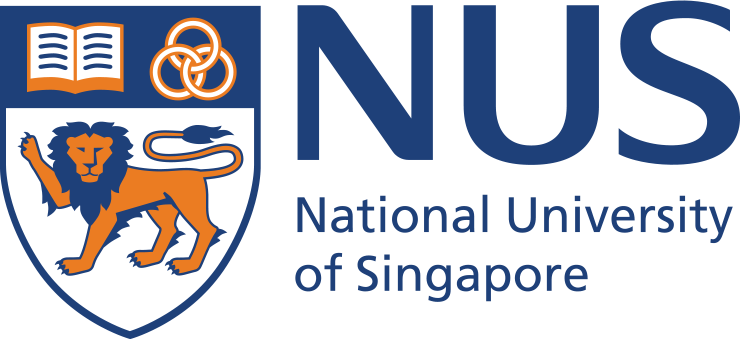
Associate Professor Kua Harn Wei and Senior Research Associate Abhimanyu Goel, both from the Department of the Built Environment, alongside collaborators from Chiang Mai University and Siam Cement Group, were recognised for their joint efforts by the Institution of Engineering and Technology (IET).
The awards recognise teams that provide solutions within the engineering sector across three key areas: sustainability and climate change, digital futures, and healthy living. The team was recognised for their efforts in tackling sustainability and climate change issues – specifically addressing road construction and maintenance challenges in Chiang Mai Province, Thailand.
Their approach to road maintenance involved addressing multiple concerns, including preventing premature road degradation, resolving conflicts between infrastructure development and the preservation of natural heritage, and tackling another environmental challenge in the region –waste accumulation amid limited infrastructure development.

Led by Associate Professor Peerapong Jitsangiam of Chiang Mai University, several biochar asphalt and concrete road projects were successfully completed in Thailand, including one that integrated waste corn straw recycling with nature heritage conservation and the reduction of open burning of this type of waste.
Building upon the DBE researchers’ work on developing innovative biochar concrete and asphalt mixes that improve strength, durability, and carbon sequestration, the team collaborated with Thai partners to conduct life cycle assessments on waste-derived concrete. Their efforts contributed to confirming that net carbon emissions were below those of conventional asphalt and concrete; each project is estimated to have removed approximately 100 tons of carbon. The results were published in Developments in the Built Environment.
Mr Goel, who earned his MSc in Sustainable Design from NUS in 2016, has been involved in creating novel biochar cementitious mixes, including 3D-printable variants containing limestone calcined clay. By integrating materials research with architectural design, he helps facilitate the practical application of these innovations.
The team plans to scale the innovation globally, especially in countries with large agricultural waste streams. In Singapore, the goal is to create and apply novel materials to sustainable and carbon-absorbing infrastructures, including multifunctional coastal spaces and 3D-printed or prefabricated structures.
“By implementing test-bed projects with industry partnerships and developing standards or guidelines, our long-term goals include addressing economic and social problems via a resource circularity approach that concurrently lowers negative environmental impact. This award celebrates teamwork that applies engineering and technology to address important problems,” said Assoc Prof Kua.





